If you’ve ever dreamed of seeing wolves in the wild, these 15 national parks are the ultimate destinations to make that dream a reality. From the iconic Yellowstone to the rugged beauty of Denali, each park offers a unique chance to witness America’s favorite apex predators in their natural habitat. These protected areas are not just scenic—they’re crucial for wolf conservation and research. With a bit of patience, a good pair of binoculars, and some luck, you might catch a glimpse of a pack on the move or hear their haunting howls echo across the landscape. Many parks even have designated wolf-watching spots and guided tours to boost your chances. Along the way, you’ll also soak in breathtaking views, spot other wildlife, and deepen your appreciation for these complex, intelligent creatures. It’s an unforgettable experience for any nature lover or wildlife enthusiast.
Yellowstone National Park, Wyoming, Montana, Idaho
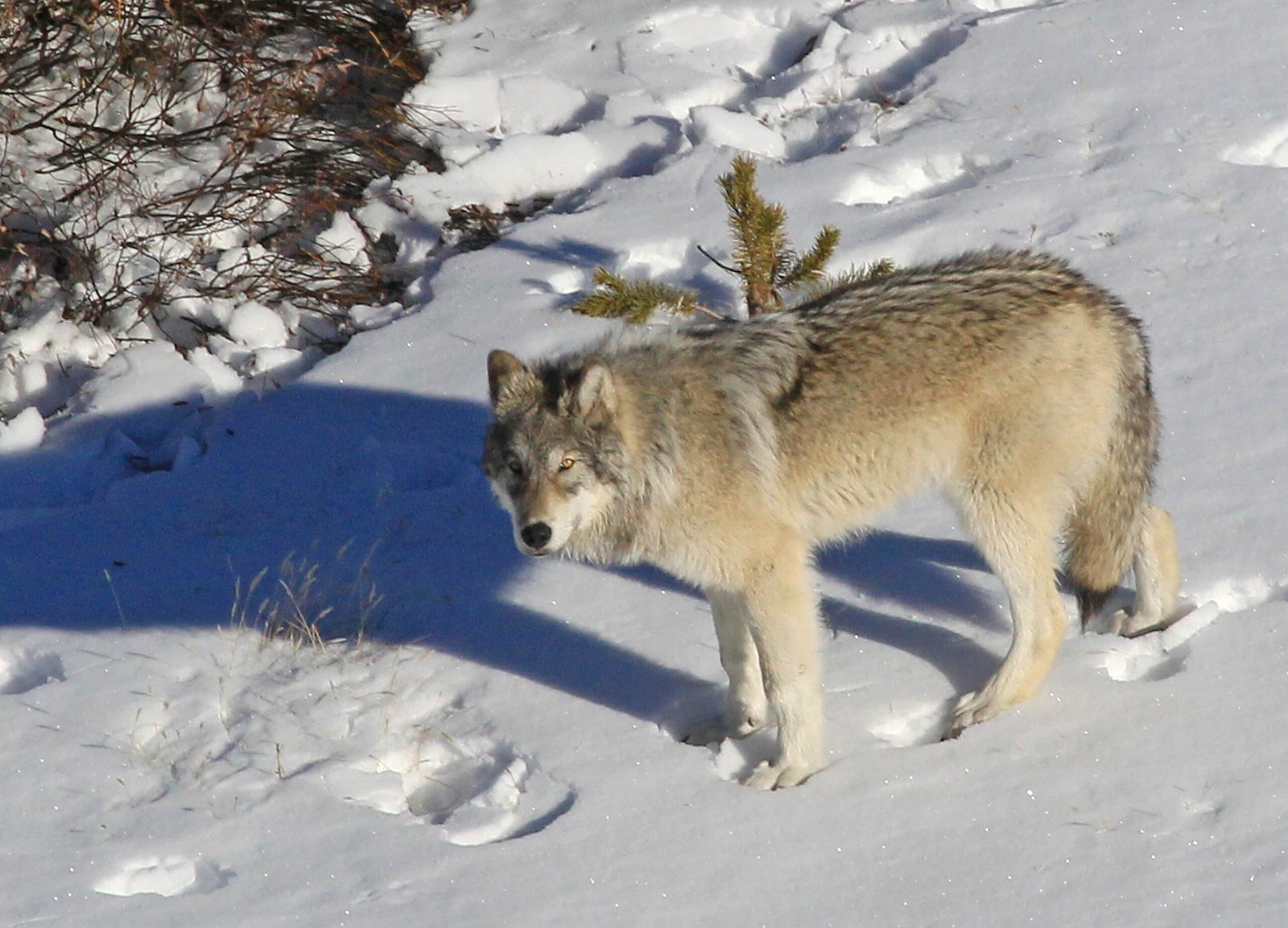
Yellowstone is where the modern American wolf story was rewritten. After being wiped out here in the 1920s, wolves were reintroduced in 1995, and today, the park is home to several thriving packs. The Lamar Valley is often called the “Serengeti of North America” for its wide-open views and abundant wildlife, and it’s one of the best places in the world to spot wild wolves. People gather here at dawn with spotting scopes, hoping to catch a glimpse of a pack hunting bison or elk across the frosty grass.
Even if you don’t see a wolf, you’ll feel their presence everywhere—in the tracks in the mud, in the silence after a distant howl, and in the excited whispers of fellow wolf watchers. Yellowstone’s wolves have changed the park’s entire ecosystem, keeping elk on the move and letting willow and aspen flourish once again. For wolf lovers, there’s simply no place like Yellowstone. It’s where hope returned, and where the wild heart of America still beats strong.
Denali National Park, Alaska
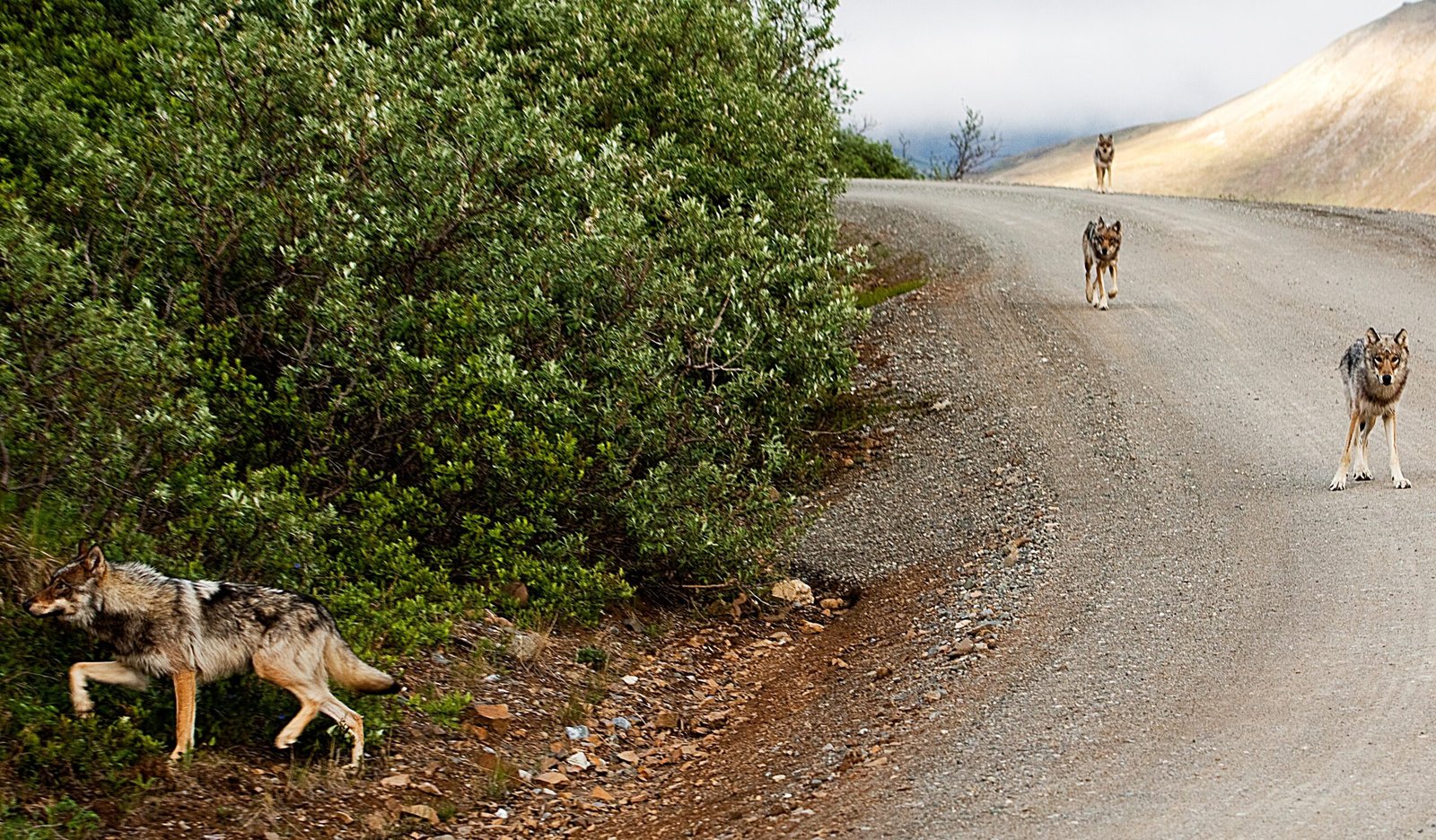
Denali is bigger than some countries, and its wildness feels endless. Wolves here range freely across six million acres of tundra, forest, and taiga. The park’s wolves are famously elusive, but if you’re patient and lucky, you might spot one loping across a gravel bar or silhouetted against the mountains. The open landscape makes it possible to see wolves from a distance, especially as they hunt caribou or moose.
Summer is a fantastic time to visit, when the sun barely sets and the wolves are raising pups. Winter brings a whole different energy, with packs leaving long trails in the snow. Denali’s wolves live as they have for thousands of years, shaped only by the seasons and their own instincts. Seeing one here, under the shadow of North America’s tallest peak, is a reminder of how big and wild our world can be.
Isle Royale National Park, Michigan

Isle Royale is a remote island in Lake Superior, accessible only by boat or seaplane, and it’s famous for its wolves and moose. For decades, scientists have studied the delicate dance between predator and prey here, making it one of the world’s longest-running wildlife studies. The wolves of Isle Royale have faced near-extinction, but recent reintroductions have given them new life.
Exploring the island, you’ll find dense forests, rocky shores, and haunting quiet. The presence of wolves here feels almost mystical, their tracks winding through the moss and their howls echoing across the water. Isle Royale is a place for true adventurers, and seeing a wolf here is a badge of honor for any wildlife lover. The story of survival and resilience on this island is one of America’s greatest natural dramas.
Voyageurs National Park, Minnesota
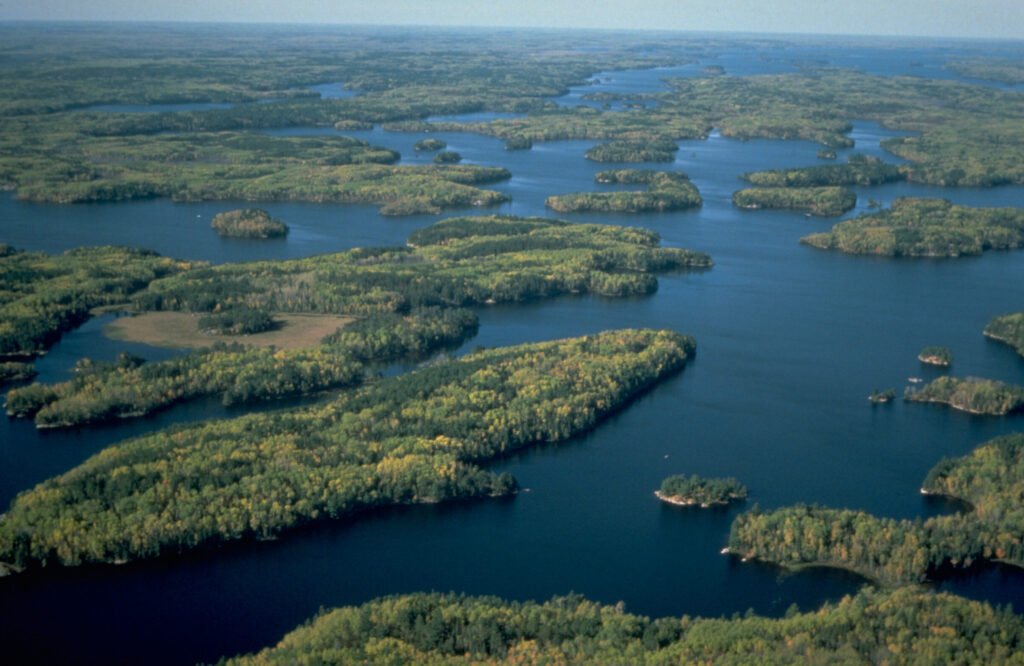
Voyageurs is a watery wonderland of lakes and forests right along the Canadian border. Wolves here travel across frozen rivers in winter and swim between islands in summer, masters of both land and water. The park is home to several wolf packs, and their movements are closely studied by researchers who sometimes share their findings with visitors.
You might not always see a wolf, but you could hear their howls drifting across a misty lake at dawn, or find fresh tracks on a muddy trail. The park offers guided boat tours and canoe trips, which sometimes bring you closer to the places wolves roam. For those who love the romance of the North Woods and the thrill of discovery, Voyageurs delivers a true wild experience.
Grand Teton National Park, Wyoming
Just south of Yellowstone, Grand Teton is often overlooked by wolf watchers—but it shouldn’t be. Several wolf packs roam the park, and the open meadows and sagebrush flats give you a fighting chance of seeing one. Early mornings and late evenings are best, especially along the Snake River or at the edge of willow thickets where elk gather.
The landscape here is jaw-dropping, with jagged mountains rising behind every bend and wildflowers blooming in summer. Wolves are part of this wild tapestry, moving quietly among the moose, bison, and pronghorn. Even a distant glimpse of a wolf here, framed by those iconic peaks, feels like something out of a dream.
Glacier National Park, Montana
Glacier is called the “Crown of the Continent,” and its rugged beauty is home to a small but resilient wolf population. The wolves here are shy, often sticking to the backcountry where few people tread, but persistent visitors sometimes see them crossing alpine meadows or standing alert in the early morning fog. The Many Glacier and North Fork areas are good bets for wolf sightings.
Glacier’s wolves are a sign of the park’s health—a top predator keeping the balance. Hikers often find tracks in the mud or snow, and naturalists love to share stories of the elusive packs. Spotting a wolf here, with the Rockies rising like ancient teeth in the background, is a reward that stays with you forever.
North Cascades National Park, Washington
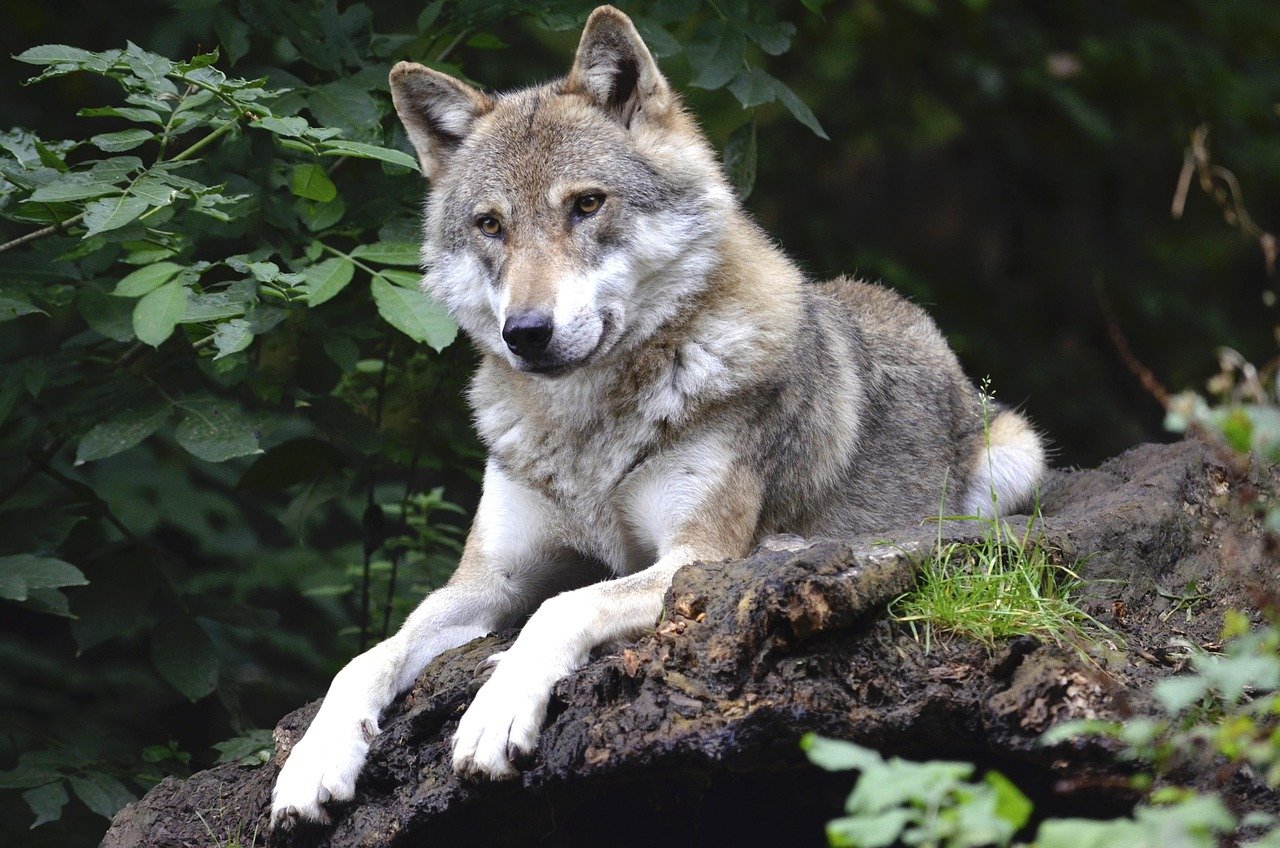
The North Cascades are wild, green, and fiercely beautiful—a hidden stronghold for Washington’s returning wolves. After being absent for nearly a century, wolves have recently reclaimed this rugged land, sneaking back from Canada and finding a home among the mountains and forests. The park is huge and wild, so spotting a wolf is never guaranteed, but the thrill is in the possibility.
Wolves here are mostly seen in the northern reaches, near the Pasayten Wilderness or around Ross Lake. If you’re hiking the park’s remote trails, keep your eyes open for tracks or scat, and listen for the telltale chorus of howls at dusk. The North Cascades remind us that nature is always trying to heal, and every wolf sighting here feels like a small miracle.
Katmai National Park, Alaska
Katmai is best known for its bears, but its wolves are just as fascinating—if a bit more secretive. The park’s vast, roadless wilderness offers wolves a true sanctuary, and they roam freely between forests, tundra, and coastlines. Sometimes, lucky visitors spot wolves fishing for salmon along the same rivers as the grizzlies, a rare and unforgettable sight.
The remote nature of Katmai means you’re more likely to find wolf tracks or hear distant howls than see the animals themselves, but just knowing they’re out there is thrilling. Wolves here are part of a complex ecosystem, helping keep caribou and moose populations healthy. For those who crave adventure and the unknown, Katmai is pure magic.
Great Smoky Mountains National Park, Tennessee, North Carolina
The Smokies might surprise you—while gray wolves no longer roam here, the park is home to a special population of red wolves, one of the world’s rarest canids. The red wolf recovery program has faced many challenges, but the spirit of these animals still lingers in the misty forests and rolling hills. Conservationists continue to fight for their survival, and visitors sometimes hear stories of sightings in nearby protected areas.
Even without wild wolves, the Smokies are filled with wolf lore and history, and the call of the wild echoes through every hollow. The park’s deep woods and hidden coves stir the imagination, inspiring visitors to dream of a future where wolves howl here once again. For anyone who loves wolves, the Smokies offer hope and a sense of what’s possible.
Crater Lake National Park, Oregon
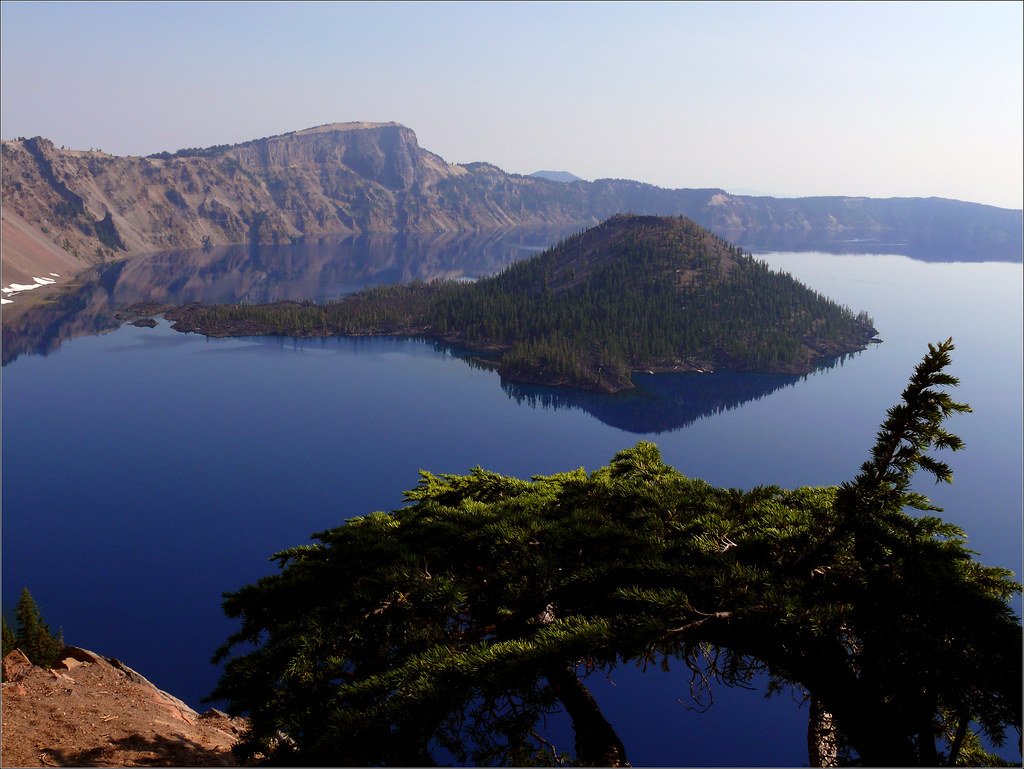
Crater Lake’s wolves are travelers—descendants of packs that wandered in from Idaho and Washington. The park’s deep forests and volcanic plateaus provide perfect wolf habitat, though the animals are famously shy. Still, visitors sometimes spot wolves at dawn or dusk, especially in the remote north and west parts of the park.
There’s something mystical about seeing a wolf here, with the park’s impossibly blue lake shining in the background. The return of wolves to Oregon is a testament to the resilience of nature, and seeing even a single paw print in the snow is enough to make your heart race. Crater Lake is a place of legend, both for its beauty and its wild residents.
Rocky Mountain National Park, Colorado

Colorado’s wolves are making a comeback, thanks to recent reintroduction efforts and natural migration from the north. Rocky Mountain National Park is at the heart of this story, offering vast meadows, rugged peaks, and thick forests where wolves can thrive. The park is closely monitored for new wolf activity, and sightings are becoming more common, especially in the western areas.
Visitors who hike the park’s trails may find tracks, scat, or even catch a glimpse of a wolf crossing an open valley. The excitement among local wolf lovers is palpable, as each new sighting brings hope for a wilder, more balanced landscape. There’s a sense of history unfolding here, and being part of it feels electric.
Grand Canyon National Park, Arizona
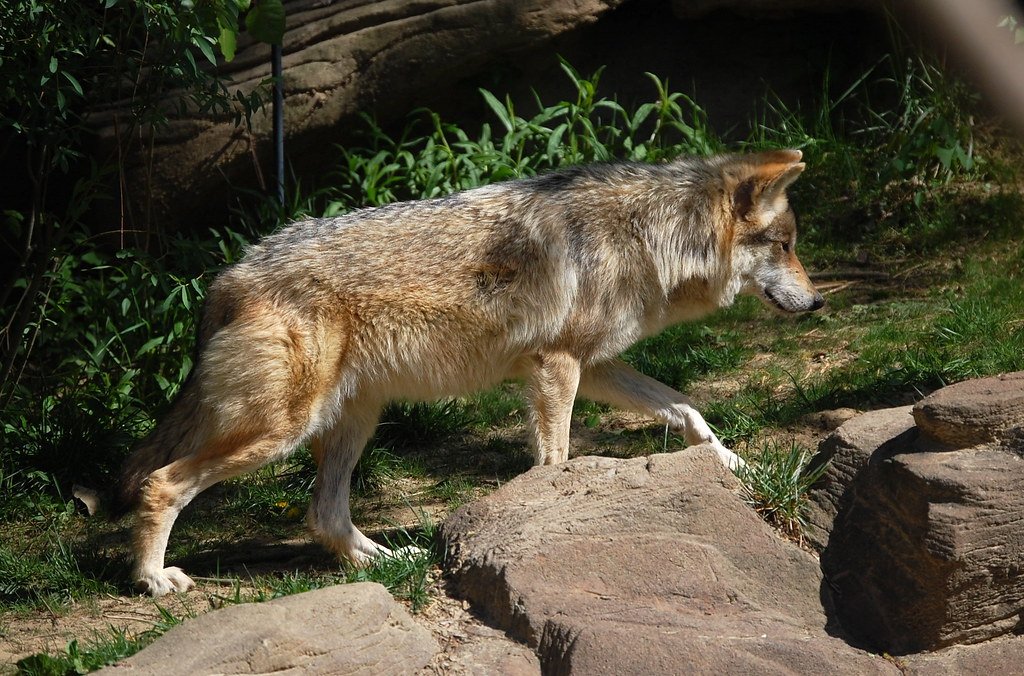
The Grand Canyon may seem an unlikely place for wolves, but the Mexican gray wolf—the rarest wolf in America—has been spotted in the region. These beautiful, endangered wolves were reintroduced to the Southwest in recent decades, and some have wandered into the park’s vast forests and canyons. Spotting a Mexican wolf here is incredibly rare, but just knowing they’re out there adds a sense of wildness to this iconic landscape.
The park’s high plateaus and pine forests offer perfect habitat, and conservation efforts continue to support the wolves’ return. Visitors can learn about the Mexican wolf’s history and ongoing recovery at park visitor centers. The Grand Canyon is a place of awe, and the presence of wolves only deepens its mystery.
Sequoia & Kings Canyon National Parks, California
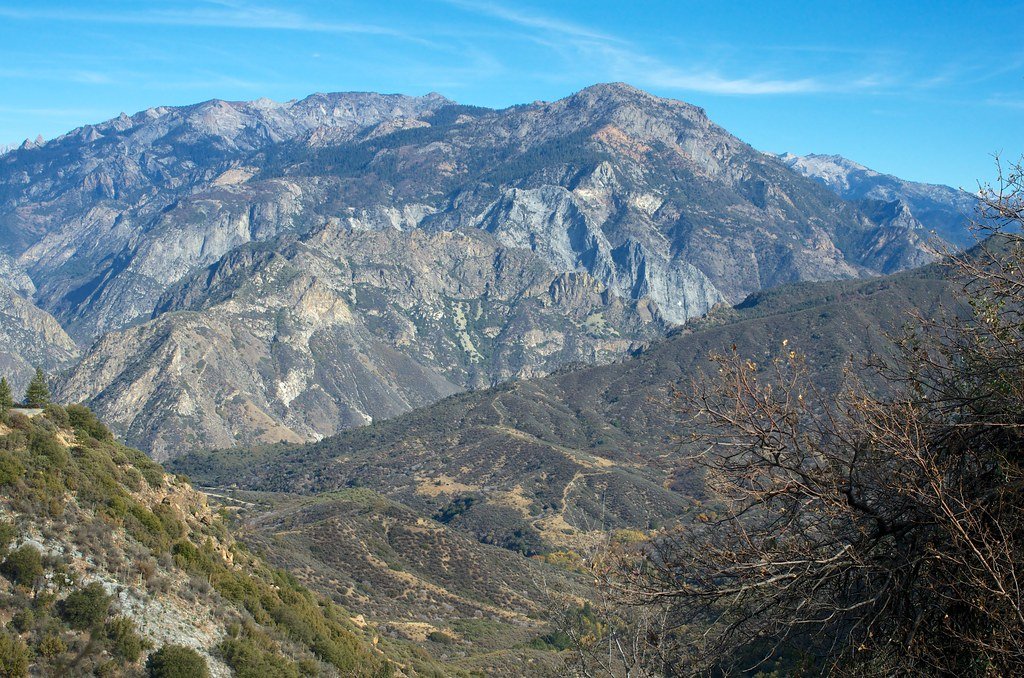
California’s wolf packs have made headlines in recent years, as the animals slowly return to their historic range. Sequoia and Kings Canyon, with their vast forests and remote meadows, offer ideal wolf habitat. The famous OR-7 wolf—a lone male who traveled from Oregon—captured the nation’s imagination when he ventured into California, and his descendants may one day roam these parks.
While sightings are still rare, rangers and biologists are hopeful that wolves will establish themselves here in the coming years. The parks’ towering trees and wild rivers feel like the perfect backdrop for a new chapter in California’s wolf story. For now, even the possibility of seeing a wolf is enough to excite visitors and keep hope alive.
Glacier Bay National Park, Alaska
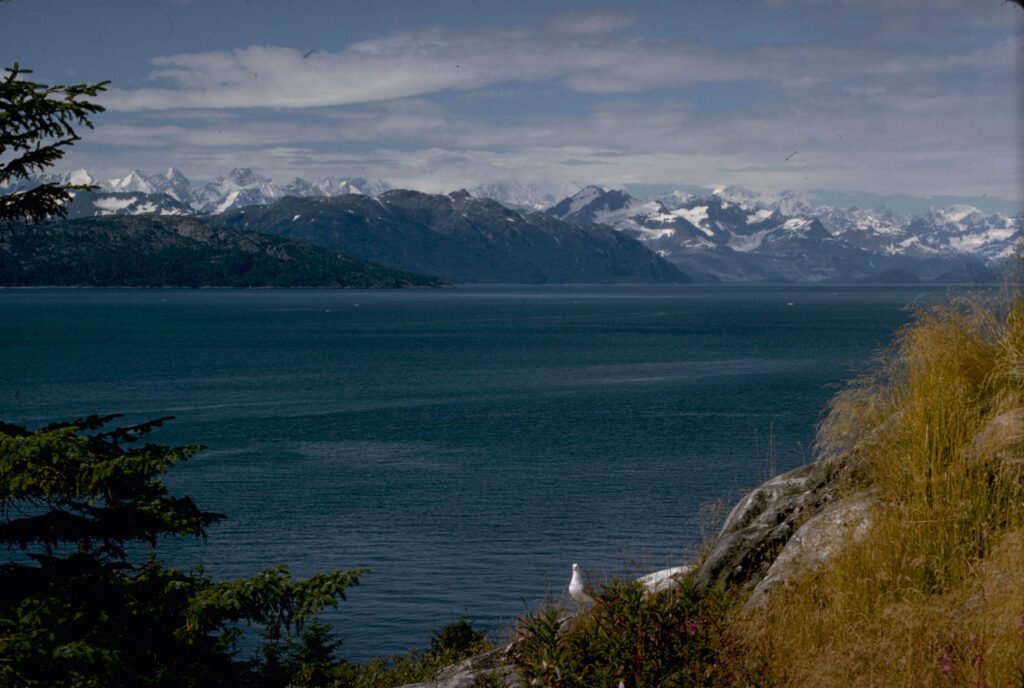
Glacier Bay’s wolves are true survivors, living in one of the wildest and most remote corners of the country. The park’s mix of old-growth forest, glaciers, and coastline provide wolves with an abundance of food and space. Visitors who take boat tours or paddle the park’s icy waters sometimes spot wolves along the shore, hunting for fish or scavenging.
Winter brings fresh snow and more visible tracks, and the silence of the landscape makes every sound—the crunch of paws, the distant howl—feel amplified. Glacier Bay is a place where nature rules, and wolves are a vital part of the story. Witnessing these animals here, against a backdrop of blue ice and towering mountains, is nothing short of breathtaking.
Olympic National Park, Washington
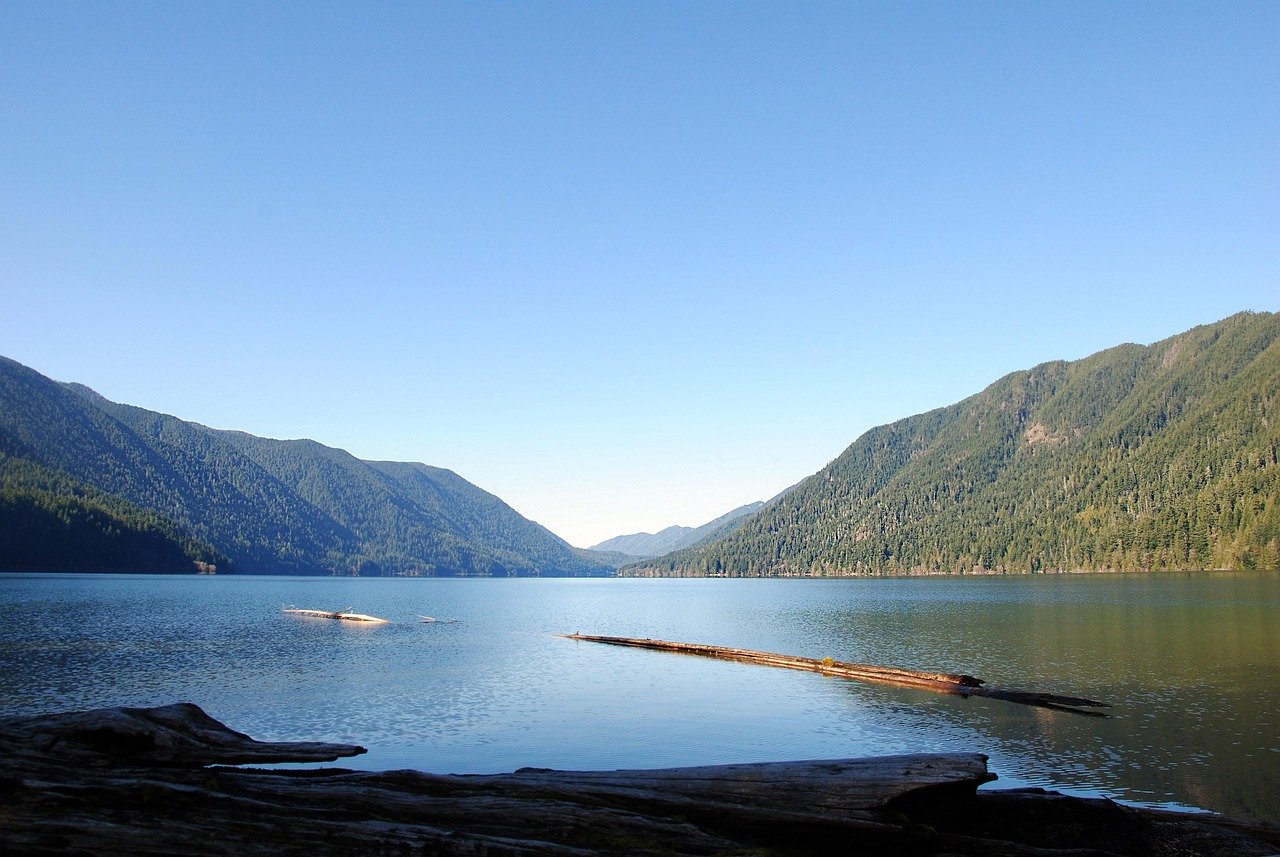
Olympic’s coastal rainforests and rugged mountains are a haven for wildlife, and wolves are slowly reclaiming their place here after a long absence. Packs from nearby areas have begun to explore the park’s remote valleys and river bottoms, and sightings are becoming more frequent. The park’s dense forests make wolf spotting challenging, but the thrill is in the search.
Some visitors hear wolves howling at night, their calls echoing through the misty trees like ancient music. The park is a reminder that nature is always on the move, and that wildness can return even after being lost for generations. For wolf lovers, Olympic offers hope, mystery, and a sense of renewal.
Catching a glimpse of wolves in the wild is one of those spine-tingling moments you’ll never forget—and these national parks give you the best shot at it. From snowy trails to forested valleys, every visit offers a chance to connect with nature on a deeper level. Whether you’re a seasoned wildlife watcher or just curious about these fascinating animals, each park adds a chapter to your adventure. So grab your gear, keep your eyes (and ears) open, and let the call of the wild lead the way!

Esther is from India; the heartbeat of South Asia, holding a Master’s degree in Zoology and a postgraduate diploma in Animal Welfare. Her enthusiasm for animal welfare drives her passion and dedication to working for animals, ensuring their well-being, and advocating for their rights. With a solid academic background and hands-on experience, she is committed to making a positive impact in the field of animal welfare. In her free time, she enjoys embroidery and sewing. As a Chennaite from Tamil Nadu, Esther loves Bharathanatyam, an Indian classical dance form.





